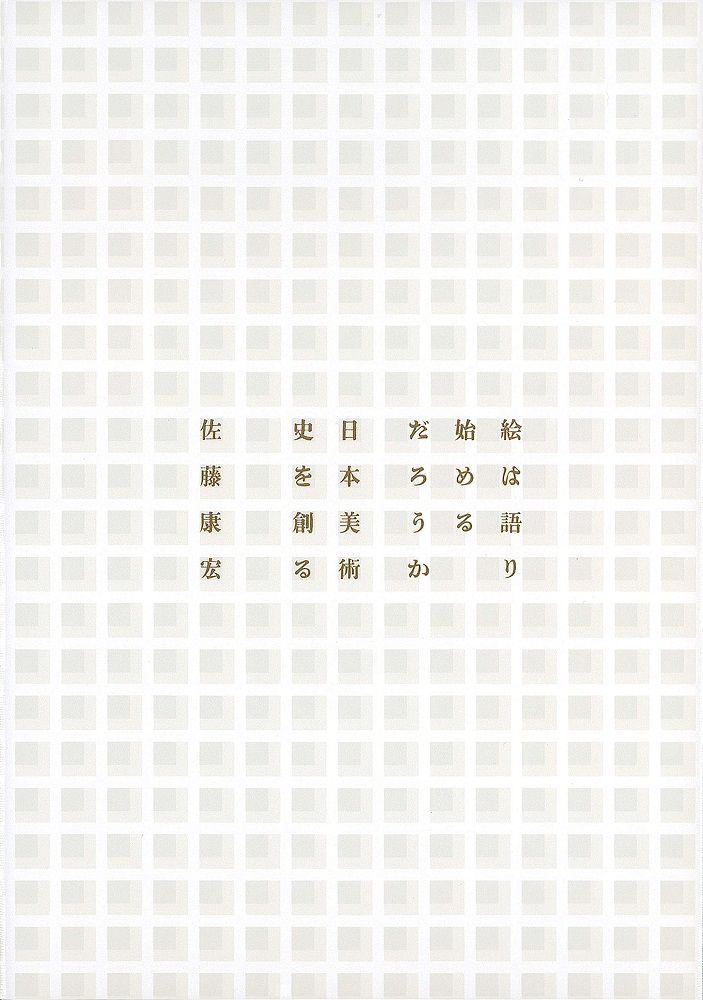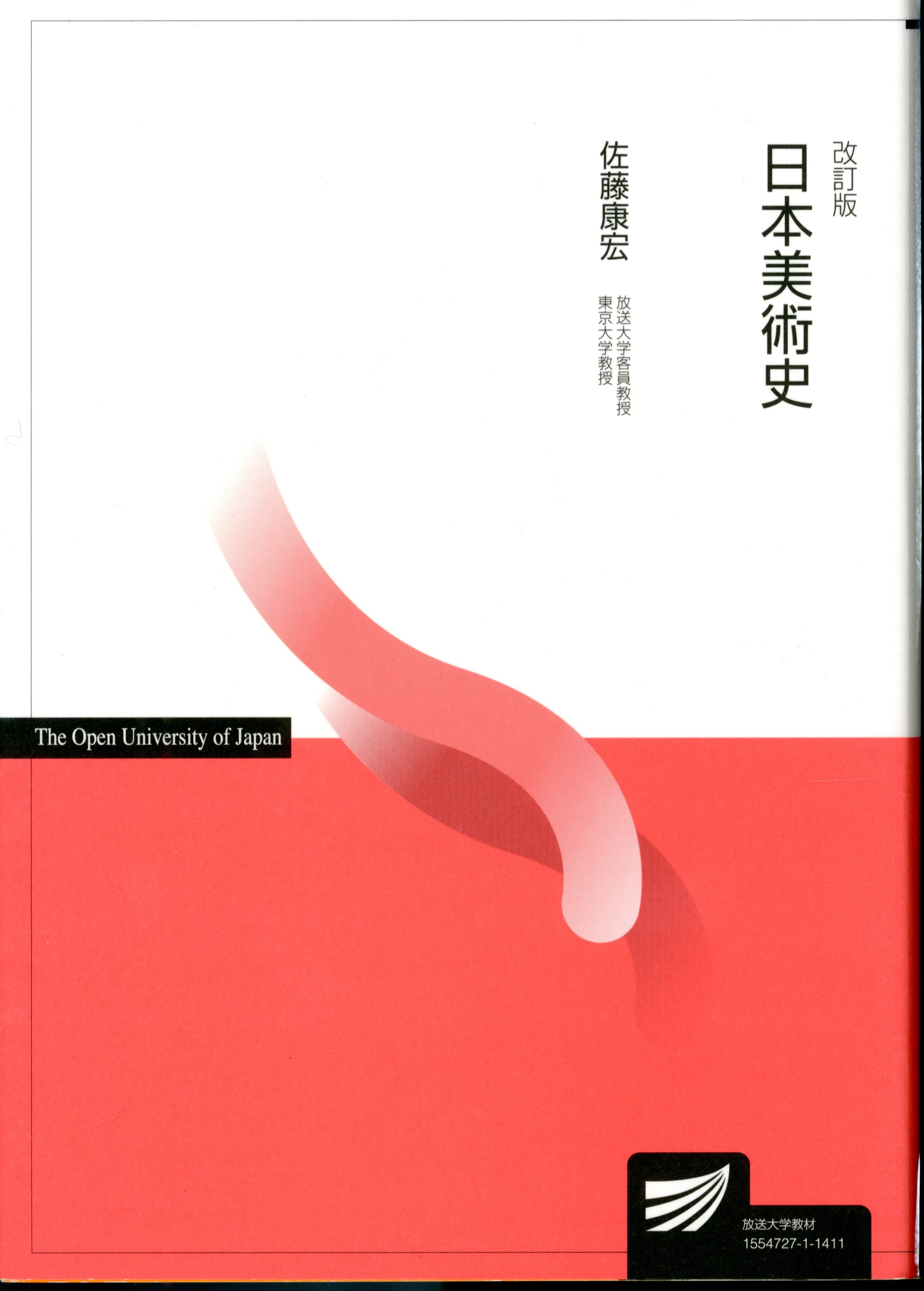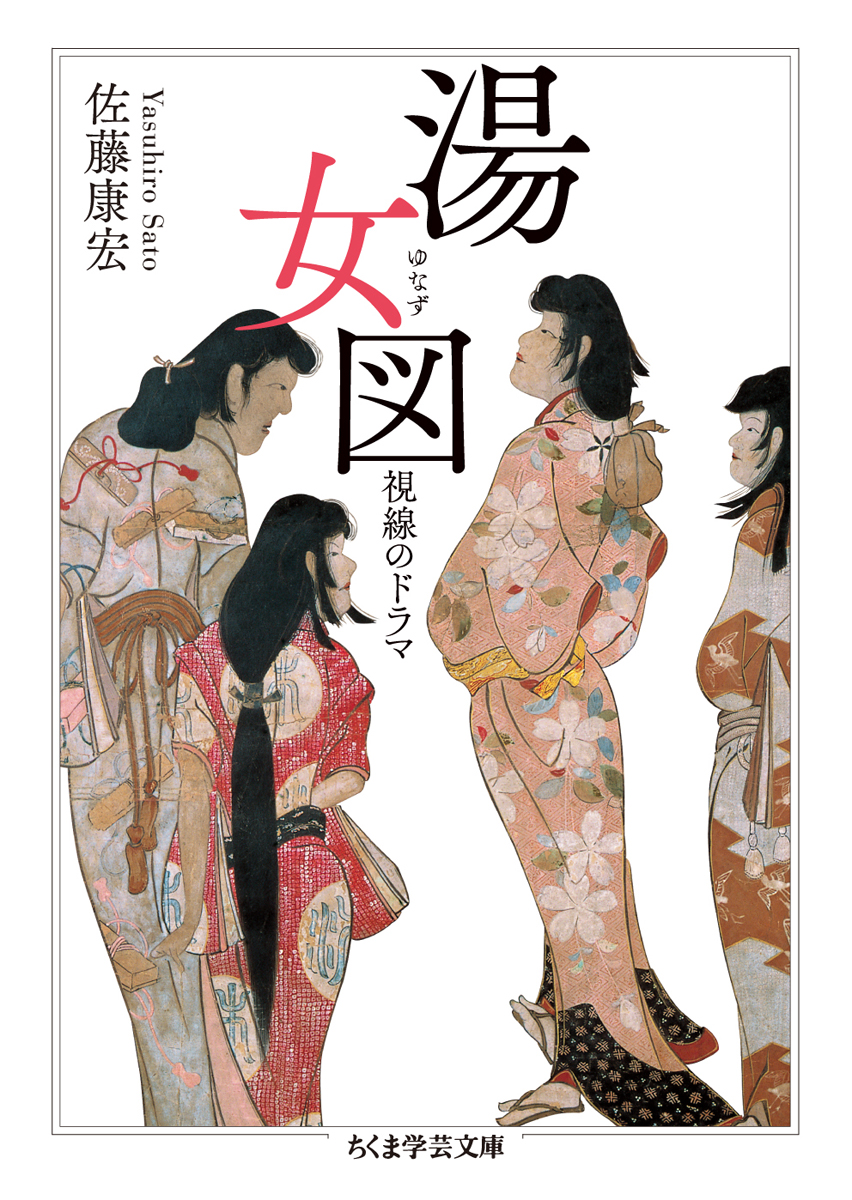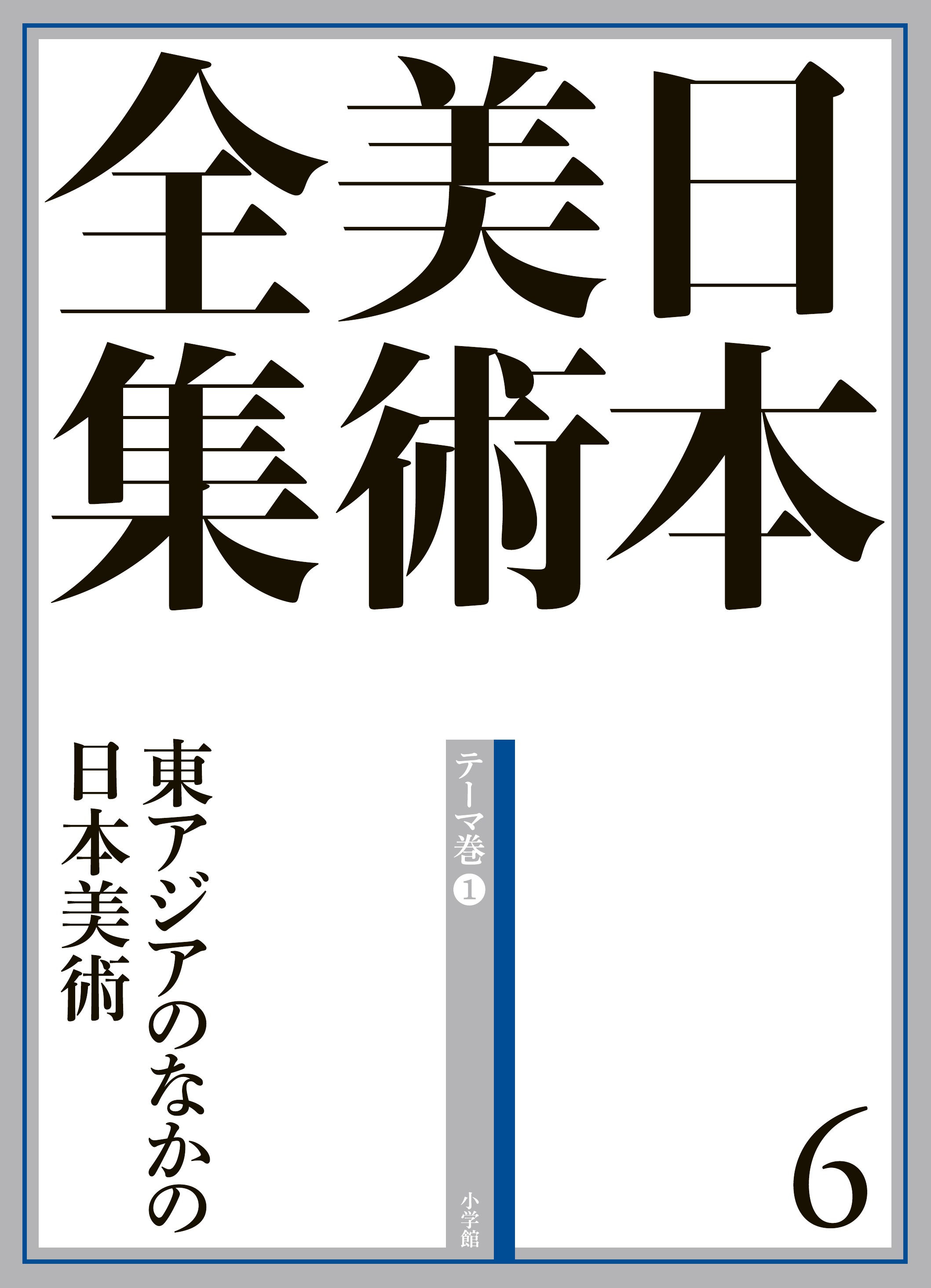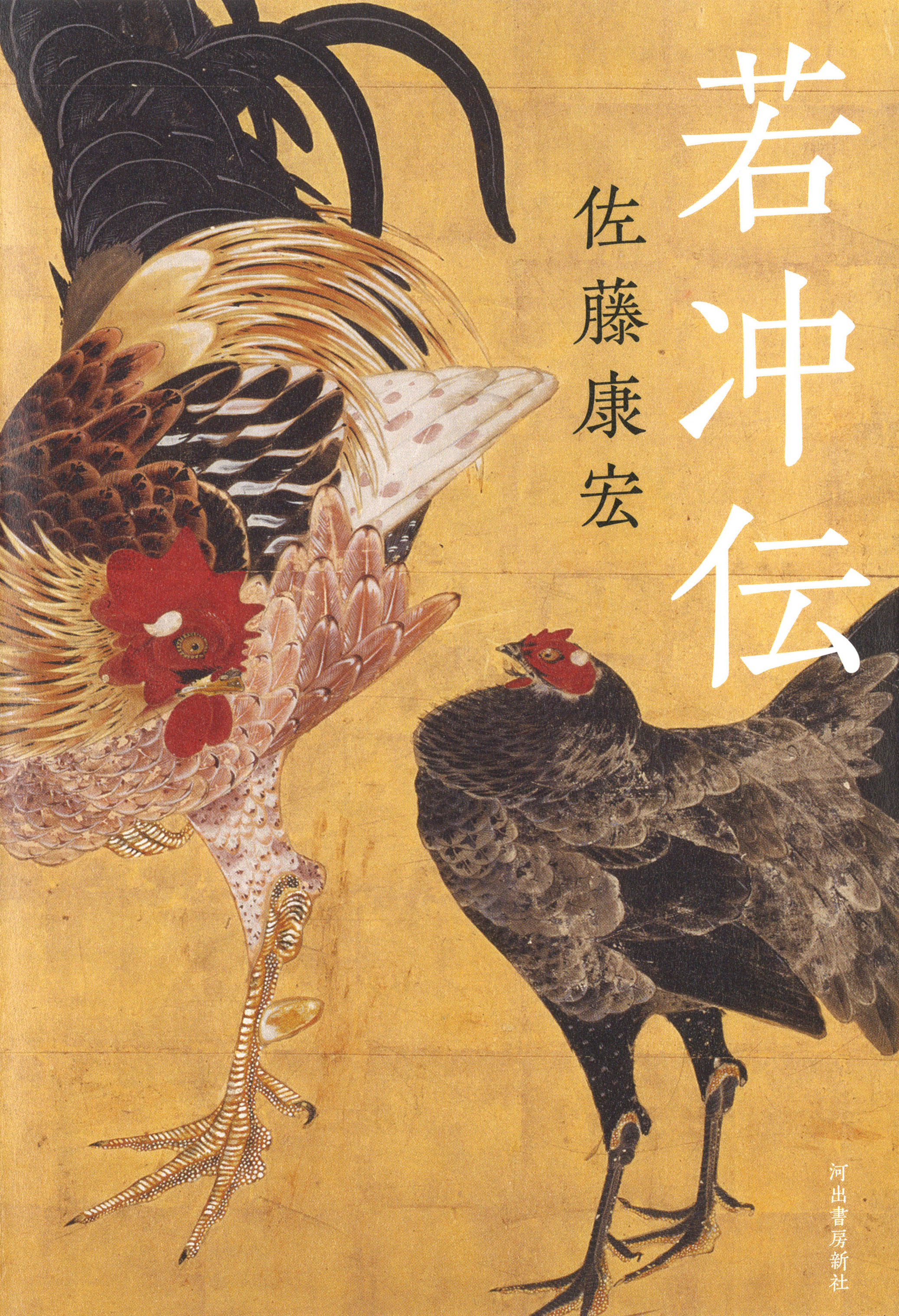
Title
Jakuchūden (A Critical Biography of the Edo-period Painter Itō Jakuchū)
Size
298 pages, paperback
Language
Japanese
Released
February 18, 2019
ISBN
978-4-309-25617-7
Published by
KAWADE SHOBO SHINSHA
Book Info
See Book Availability at Library
Japanese Page
This book is about Itō Jakuchū (1716–1800), a painter of the mid-Edo period in Kyoto. He is perhaps best known for his series of hanging scroll paintings of birds and flowers, the “Pictures of the Colorful Realm of Living Beings” (Dōshoku sai-e; Kunaichō Sannomaru Shōzōkan Museum of Imperial Collections). Jakuchū’s paintings and prints have a modern appeal and remain quite popular to this day. Still, his work is characterized by features exclusive to the Kyoto of the latter half of the 18th century. This biography presents a chronological overview of Jakuchū’s life and examines how he went about creating his many works of art.
I have been researching Jakuchū for more than four decades, ever since I chose him as the subject for my graduation thesis. Over this time, I have found and publicized a few historical documents related to Jakuchū that were previously unknown and have even discovered some heretofore unknown pieces of his work. In the process, I have posited a number of new views on the man and his work: What he learned from copying Chinese and Korean artists; the process by which he came to specialize in depicting chickens and roosters; his motivation for painting the “Pictures of the Colorful Realm of Living Beings” (Dōshoku sai-e) and the distinguishing characteristics of the series; the Buddhist themes to be found in his ink wash paintings, such as Vegetable Nirvana (Kaso Nehan-zu; Kyoto National Museum); and the fact that there are several differing prints of his “Impromptu Pleasures Afloat” (Jōkyōshū), a work depicting a journey down a river that was created using a special woodblock printing method called taku hanga (“rubbing prints”). Many others with a keen interest in Jakuchū have similarly made numerous discoveries and posited new theories.
This biography is the most comprehensive, detailed, and up-to-date presentation of the outcome of all this research. I know this book contains the most recent findings and ideas about Jakuchū as I have taken the opportunity with this publication to present several new theories formulated by applying late-20th century art history approaches encompassing psychoanalysis, gender theory, and social history. The appropriateness of my interpretations will only be known over time. Still, I do think at this point in time, at least, this biography further clarifies that Jakuchū was not only an unusual painter but one of the most important figures in Japanese art history.
A reviewer noted in a newspaper article that, “Rather than just the simple enumeration of events characteristic of critical biographies, this work presents bold ideas with a flair imparting the same thrill and reading pleasure as that of a well-crafted mystery novel and can be easily read in a single sitting.” I am flattered by the praise but must reiterate with emphasis that the study of Japanese art history is more exciting than any mystery novel.
(Written by SATO Yasuhiro, Professor, Graduate School of Humanities and Sociology / 2019)



 Find a book
Find a book


